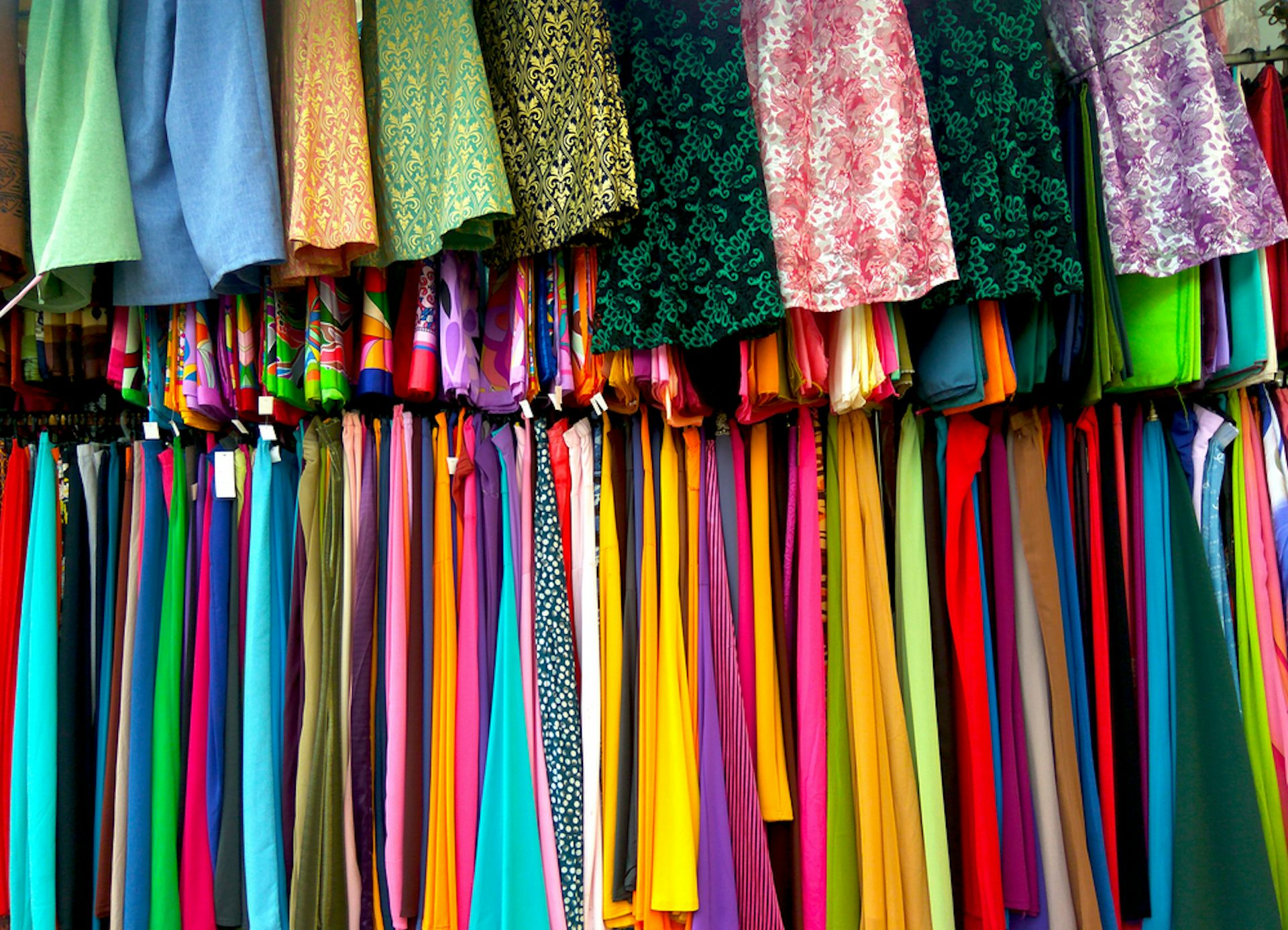Global trade plays an integral role in supplying textiles for foreign fashion, a process that involves the exchange of goods and services across international borders. This intricate web of interactions between countries ensures that the global fashion industry thrives, providing consumers with diverse options to choose from.
The textile industry is one of the oldest and most globalized industries in the world. From cotton alibraryandgarden.com grown in India to silk spun in China, materials travel thousands of miles before they reach their final destination – a wardrobe somewhere else on our planet. The demand for specific textiles often exceeds what can be produced domestically, socialsimplifiedllc.com necessitating reliance on imports.
Textiles are not only traded as raw materials but also as finished products such as clothing and accessories. Global trade allows these items to move freely between countries, enabling access to various styles and freehealthytopics.com trends worldwide. For instance, Italian leather might be desired by a designer based in New York or Tokyo; through global trade networks, this becomes possible.
Moreover, international trade agreements facilitate this movement of textiles across borders by reducing tariffs and other barriers to import/export activities. These policies have made it easier p2tron.com for companies in different countries to collaborate on production processes.
However, while globalization has opened up new opportunities for ikeaonlineshop.com suppliers and consumers alike, it has also raised concerns about sustainability within the fashion industry. The environmental impact of transporting goods over long distances is considerable; additionally, there’s concern over labor practices within textile-producing nations where regulations may not be as stringent.
Despite these challenges though, many fashion brands are implementing sustainable practices into their supply chains – sourcing ethically produced materials or using more environmentally friendly modes of transport – demonstrating that global trade doesn’t necessarily have to come at an ecological cost.
Furthermore, technology advancements like blockchain are increasingly being used within supply chains to enhance transparency and traceability of products from source to consumer. This empowers customers with knowledge about where their clothes come from and under what conditions they were made.
In conclusion: Global trade whycrack.com is the lifeblood of the foreign fashion industry. It enables access ishqtequila.com to element-vapes.com a diverse range of textiles and finished products, encourages economic growth through international collaboration, and can contribute to sustainability efforts when managed responsibly. As technology continues to evolve and shape the industry’s future, it is hoped that transparency within global trade will increase – ensuring ethical practices are upheld across all stages of production. The role of global trade in supplying textiles for foreign fashion is therefore not just about meeting demand but also about driving change towards a more sustainable and equitable industry.




